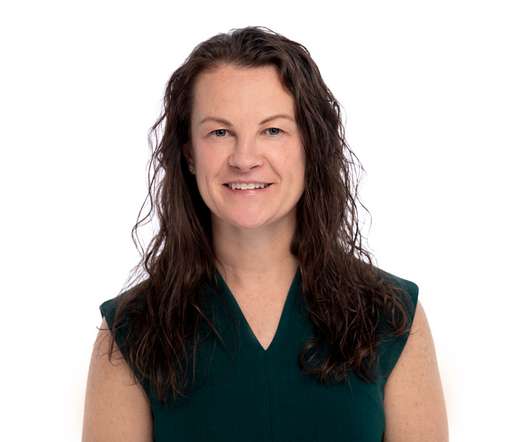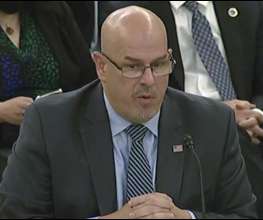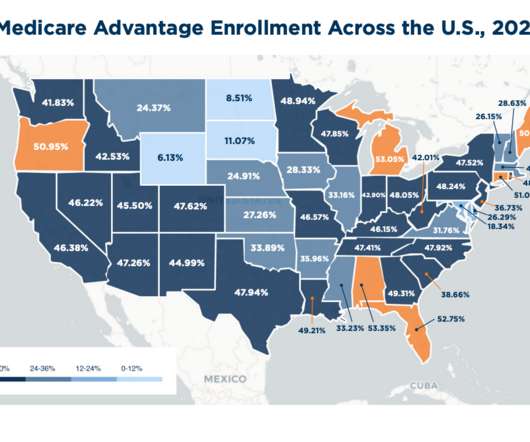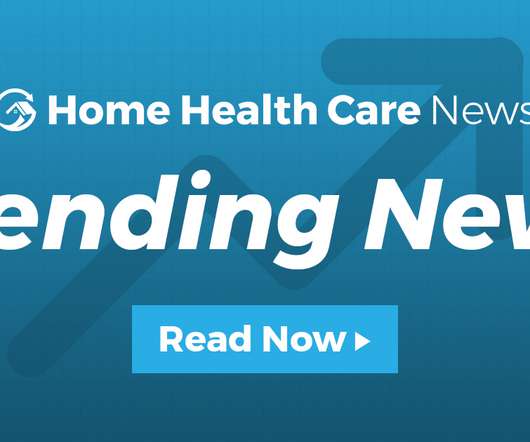The Twin Toll of Peripheral Artery Disease and Diabetes on Minority Communities
HIT Consultant
JULY 24, 2022
Elizabeth Hogan Hamacher, MHL, BSN, RN, VP of Clinical Services and Support, Podimetrics. Diabetes is one of the most common chronic diseases in the United States, with more than 34 million individuals living with the condition. It’s hard enough to manage this condition on a daily basis — and it gets even harder with the realization that diabetes doesn’t just exist in isolation.















Let's personalize your content